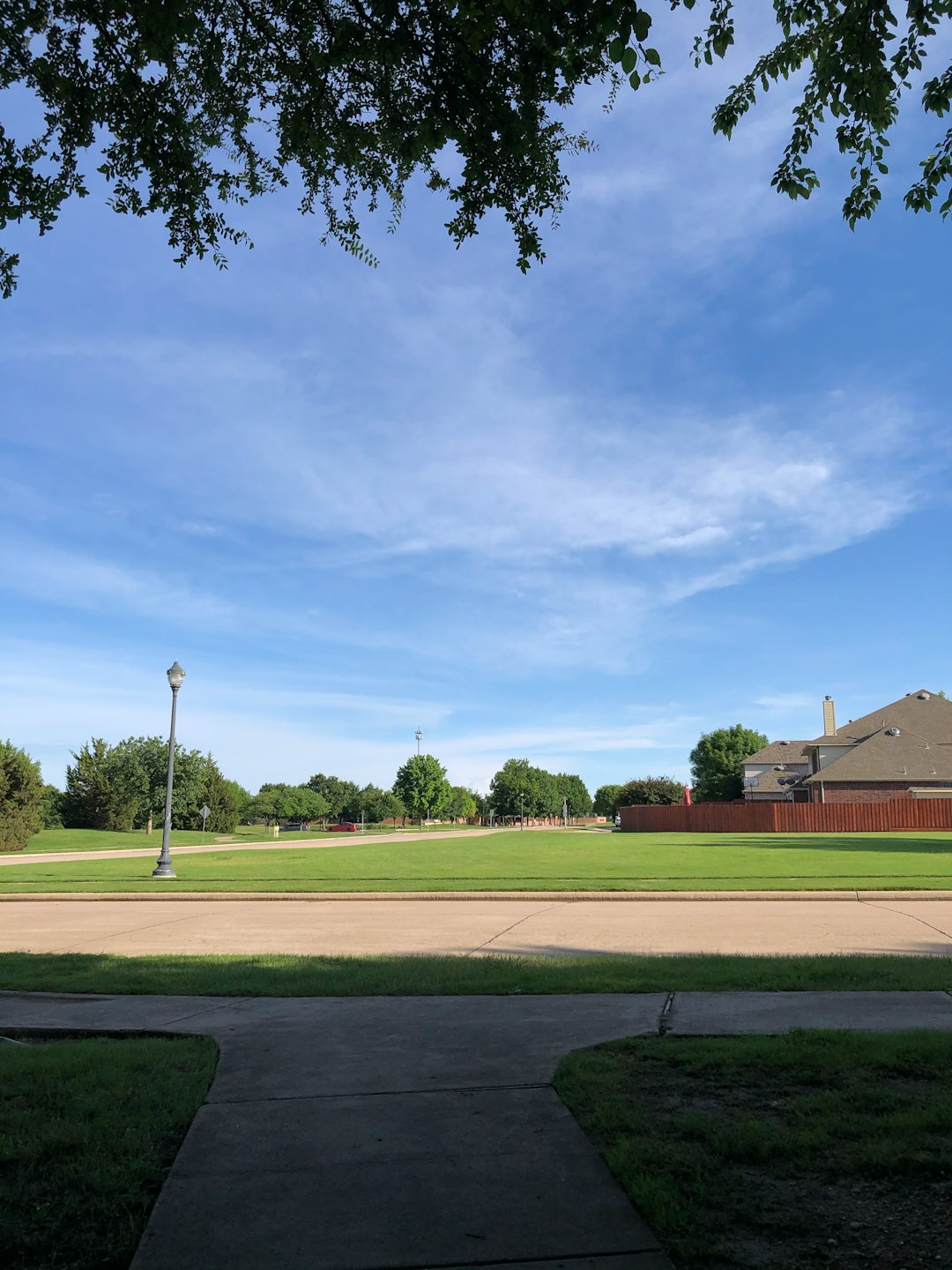Baseball bettors are always looking for an edge, whether it’s in team performance trends, injury news, or pitching matchups. But when it comes to prop betting—especially betting on players to hit home runs—there are deeper layers to explore. Among the most valuable tools available today are Statcast data and current stadium weather conditions. Together, they provide insights that go far beyond traditional stats, offering sharp bettors a leg up in identifying home run potential for a given slate.
Why Home Run Betting Is Gaining Popularity
Home run bets are one of the most fun and potentially lucrative types of prop bets available. Hitting a +400 or +600 longshot feels exhilarating, and unlike outrights or parlays, these wagers can cash early with a single swing. Sportsbooks continue to offer expanded lists of players with home run odds, often boosting high-profile names. But savvy bettors understand that value lies in the numbers—not the names.
The Power of Statcast Data
Statcast, developed by MLB, tracks and analyzes almost every movement on the field—from pitch spin rate to exit velocity. Specifically, for home run betting, a few key metrics stand out:
- Exit Velocity (EV): Measures the speed of the ball as it leaves the bat. A higher EV often correlates with greater home run potential.
- Launch Angle: The vertical angle at which the ball leaves the bat. The “sweet spot” for home runs is typically between 25 and 35 degrees.
- Barrels: A Statcast-defined term that describes contact that falls within ideal exit velocity and launch angle thresholds. Barrel rate shows how often a player is making elite contact.
- xSLG (Expected Slugging): This stat uses quality of contact and launch data to predict a player’s slugging performance.
By combining these data points, bettors can determine which players are hitting the ball hard and in the right ways—even if their actual home run count doesn’t yet reflect it. That’s where inefficiencies crop up, and that’s where value lives.
Example: The Hidden Power Hitter
Consider a player with a barrel rate above 12% and an average exit velocity of 92 mph but only 8 home runs on the season. Traditional stats will overlook this guy, but Statcast shows he’s making top-tier contact. That’s a potential goldmine for savvy bettors—especially if you’re getting +600 on his home run odds.
How Stadium Factors Influence Home Runs
While Statcast helps identify who might hit a home run, weather and stadium conditions tell us where it’s likeliest to happen. Not all ballparks are created equal, and external elements like wind speed, humidity, and temperature can dramatically affect ball flight.

Here are the primary environmental factors you should consider:
- Wind: A 10 mph wind blowing out to center can increase fly ball distance by as much as 15 feet. That’s the difference between a warning track flyout and a homer.
- Temperature: Warm air expands and provides less resistance. A ball hit in 90°F weather will travel farther than one hit at 60°F.
- Air Density: Lower air pressure—often found at high-elevation parks like Coors Field—also reduces drag and boosts distance.
- Humidity: Contrary to popular belief, more humid air can aid home run distance because it’s less dense than dry air.
Daily Weather Checks are a Must
You don’t need to be a meteorologist, but checking trusted weather forecast tools before placing home run bets is essential. Tools like Rotogrinders’ WeatherEdge or Baseball Savant’s ballpark overlays offer real-time conditions and historical data on how games play under similar weather conditions.
Targeting the Right Matchups
Once you’ve identified players with strong Statcast metrics and favorable weather, the next step is matchup analysis. Here’s what to look for:
- Pitcher Vulnerability: Some pitchers are more prone to giving up long balls. Check their HR/9 (home runs per nine innings) and fly ball percentage.
- Pitch Type Weaknesses: Statcast breaks down how players perform against different pitch types. If a batter crushes off-speed stuff and is facing a pitcher who leans heavily on curveballs, take note.
- Lefty/Righty Splits: Look for handedness advantages. Many power hitters fare better against pitchers of the opposite hand.
Cross-referencing player data with opponent profiles adds another layer of nuance, allowing you to identify favorable matchups that less experienced bettors might overlook.
Daily Routine for Home Run Bet Analysis
Want to make home run bets part of your daily sports betting card? Here’s a simplified checklist of what to do each game day:
- Check for favorable weather conditions at each ballpark (wind out to center is a good start).
- Browse Statcast metrics using Baseball Savant player pages. Focus on EV, launch angle, barrel rate, and recent rolling stats (last 25 balls in play, for example).
- Look for trending players whose home run numbers don’t yet reflect their contact quality.
- Analyze opposing pitcher stats. Focus on their HR/9 and fly ball tendencies.
- Cross-reference odds on multiple sportsbooks to find the best value. A +450 at one book may be +600 elsewhere.
This process may sound intensive, but it becomes second nature once you build a system. And because sportsbooks don’t prioritize home run markets with the same accuracy as spreads or totals, you’ll often find real inefficiencies ripe for exploitation.
Not All Parks Are Created Equal
Understanding park factors is pivotal. Some stadiums are notorious home run havens, while others suppress long balls. Always take ballpark tendencies into account:
- Great American Ball Park (CIN): One of the most homer-friendly in MLB. Righties get a big boost here.
- Coors Field (COL): High altitude means thin air and tons of long balls. But oddsmakers usually account for this.
- Oracle Park (SF): A graveyard for right-handed power. Be cautious here, especially with righties facing wind from center.

Long-Term Strategy: Treat It Like a Marathon
Don’t expect to correctly pick a +400 home run prop every night. Even elite sluggers fail to hit long balls in more than 85% of games. The key is thinking in terms of value over time—not night-to-night success. If the implied odds of a home run are 20% (+400), but your analysis gives the edge a 30% chance, you’re making a sharp bet—even if it doesn’t cash today.
Discipline and volume are crucial. Target 2–4 home run bets per day, and scale back if the weather or stats don’t line up. Tracking ROI and maintaining a bankroll are just as important in HR props as they are in sides and totals.
Useful Tools and Resources
Here are a few helpful platforms that should be part of your toolkit:
- Baseball Savant – Free, advanced Statcast data, spray charts, and leaderboard tools.
- Rotogrinders WeatherEdge – MLB-specific weather trends with historical data.
- FanGraphs – Deeper analysis on player splits, trends, and advanced metrics.
Final Thoughts
Betting on home runs isn’t random—it’s a data-driven opportunity for bettors willing to dig into Statcast analytics, daily weather, and matchup specifics. While there are inherent risks in betting on one-off outcomes like a single HR, combining predictive metrics with environmental variables gives you an edge that the public—and even many sportsbooks—overlook.
If you’re disciplined, data-focused, and patient, home run betting can be more than just a fun prop—it can be a surprisingly profitable angle.
